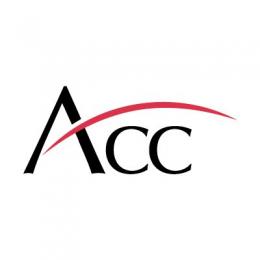Banner artwork by Bob Pool / Shutterstock.com
For in-house counsel representing employers, the US Supreme Court’s decision in Loper Bright Enterprises v. Raimondo — along with a handful of related high court rulings from the end of term — can have wide-reaching consequences, according to Jackson Lewis P.C. attorney Kathy Schatz. Schatz spoke on the latest developments in a members-only meeting with ACC’s Employment & Labor Law Network Community.
The June 28 decision overturned the so-called “Chevron deference,” the precedent that had stood for 40 years, allowing administrative agencies to implement their own regulations when legislation was left ambiguous. Deference can still be established when Congress delegates discretionary authority to the enforcing agency.
Schatz emphasized that Loper Bright became a one-two punch with the Court’s July 1 ruling in Corner Post v. Federal Reserve, which shifts the statute of limitations in challenging an agency action to begin at the time that the plaintiff is injured by the final agency action. This ruling holds the door open for litigants to bring facial challenges to federal regulations.
Taken in combination with the June 27 decision in SEC v. Jarkesy and the June 26 decision in Murthy v. Missouri, the Loper Bright decision creates many new questions for federal agencies — though the ruling did uphold stare decisis as to previous decisions regarding federal regulations.
Schatz also shared insights on what is at stake for corporate counsel, across agencies including the Equal Employment Opportunity Commission, Department of Labor, Federal Trade Commission, Occupational Safety and Health Administration, and National Labor Relations Board.
Disclaimer: The information in any resource in this website should not be construed as legal advice or as a legal opinion on specific facts, and should not be considered representing the views of its authors, its sponsors, and/or ACC. These resources are not intended as a definitive statement on the subject addressed. Rather, they are intended to serve as a tool providing practical guidance and references for the busy in-house practitioner and other readers.




